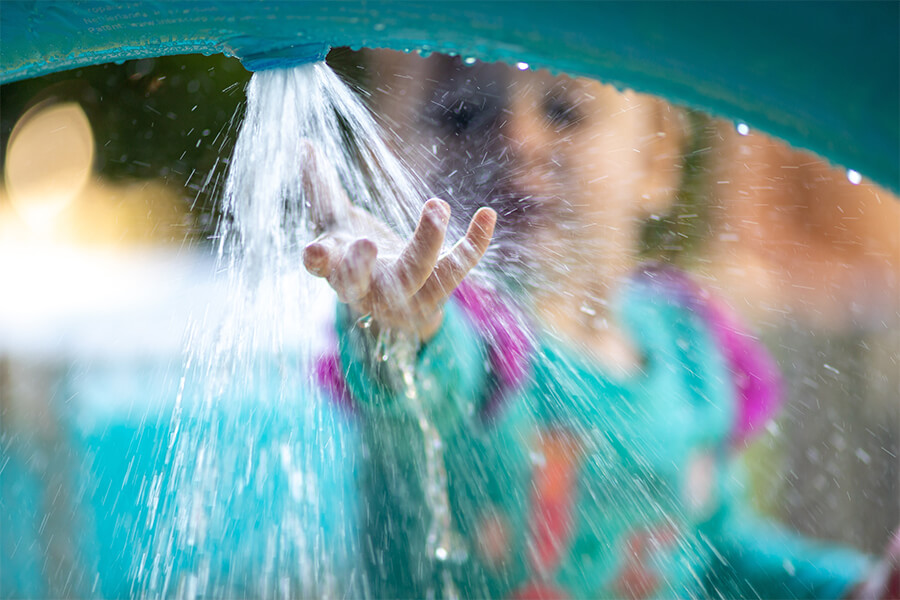Inclusive playspaces are easy to access, easy to move around, provide a range of play options and challenges, and have appropriate facilities in a comfortable environment. Inclusive playspaces encourage everyone to stay as long as they choose.
A playspace is more than just equipment. It is the entire setting used and enjoyed as part of the play experience. An inclusive playspace utilises principles of inclusive design and accessibility, creating spaces people of all ages and abilities can enjoy.
Young people and the young at heart also benefit from playspaces. So inclusive design needs to consider more than the needs of young children.
Inclusive vs accessible design
Accessibility is commonly associated with mobility standards and safety compliance. Accessibility refers to the physical ability of people to access a place or thing. Accessible design mainly addresses the movement needs of people with disabilities. When applied to playspaces, conforming to accessibility standards in key aspects including the equipment, surfacing and supporting facilities, creates an all abilities playspace.
Inclusive playspaces consider as many needs as possible. They provide a welcoming place where people feel comfortable yet challenged, and remove obstacles and barriers that prevent people of all ages, cultural backgrounds and abilities (both physical and mental) from playing.
Inclusive playspaces provide access to a variety of play experiences people enjoy together. The Everyone Can Play guideline encourages users to think beyond accessibility needs, so everyone can experience the joys of play.
Universal design
Universal design is the process of designing for everyone. It is the design of products and environments to be usable by all people, to the greatest extent possible, without the need for adaptation and specialised design.- Ron Mace, 1997
Everyone Can Play is strongly influenced by universal design thinking. Everyone Can Play takes the emphasis for design of playspaces beyond accessibility and ability, to ensure equal emphasis is placed on maximising play opportunities and social integration for people of all ages and cultures.
The principles of inclusive playspaces provided in Everyone Can Play are an adaptation of the 7 Principles of Universal Design (developed by Ron Mace et al. 1997) and the 8 Goals of Universal Design (Steinfeld and Maisel, 2012). These principles and goals have been applied in a practical way to playspaces in NSW.
Seven principles of universal design
- Equitable use
- Flexibility in use
- Simple and intuitive to use
- Perceptible information
- Tolerance for error
- Low physical effort
- Size and space for approach and use
Eight goals of universal design
- Body fit
- Comfort
- Awareness
- Understanding
- Wellness
- Social integration
- Personalisation
- Cultural appropriateness

